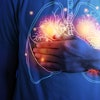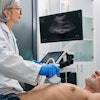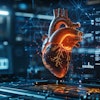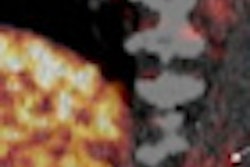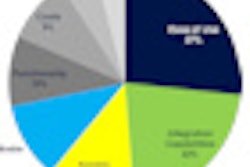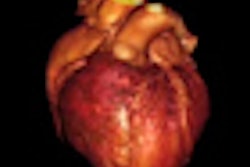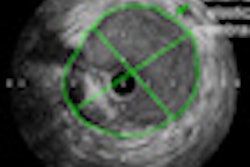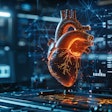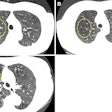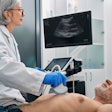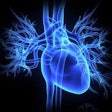Dear Cardiac Imaging Insider,
So-called "soft" or noncalcified plaque of the coronary arteries is getting a lot of attention these days for its potential risks to patients, especially in light of imaging's rapidly improving ability to visualize and quantify it.
Emerging studies show that patients who have a significant noncalcified plaque burden are at higher risk of coronary events than those with no plaque at all. Individuals with noncalcified plaque also tend to be younger and slimmer than their calcified-plaque counterparts, offering a welcome opportunity for early intervention.
For seeing the stuff, gold-standard intravascular ultrasound (IVUS) is increasingly joined by CT and other modalities. Advanced CT seems particularly well-suited, as researchers in Germany used a 256-detector-row scanner to look for soft plaque. The results showed less interobserver variability for soft-plaque measurements than the calcified plaque assessment.
Another German team, using automated soft-plaque measurement with dual-source CT to measure soft plaque, found the technique compared quite well to gold-standard IVUS. In the aorta, Canadian researchers are finding FDG-PET/CT viability scans ideal for detecting soft plaque.
Also important, the Houston-based Society for Heart Attack Prevention and Eradication (SHAPE) II task force is revising its guidelines to include soft-plaque assessment in new rules that will be finalized in November.
According to researchers from Galloway, NJ, soft plaque is surprisingly common -- at least among workers in high-stress occupations. In a rare screening study that looked at nearly 700 police officers using coronary CT angiography, David Dowe, MD, and colleagues found more noncalcified coronary artery plaque than they were expecting -- and a major opportunity for early intervention. Find out more in this issue's Insider Exclusive.
With innovation in cardiac imaging growing by leaps and bounds, it's by no means surprising that the cardiac IT market is growing much faster than radiology IT as a whole. For all the news in your Cardiac Imaging Digital Community, we invite you to scroll through the links below.
